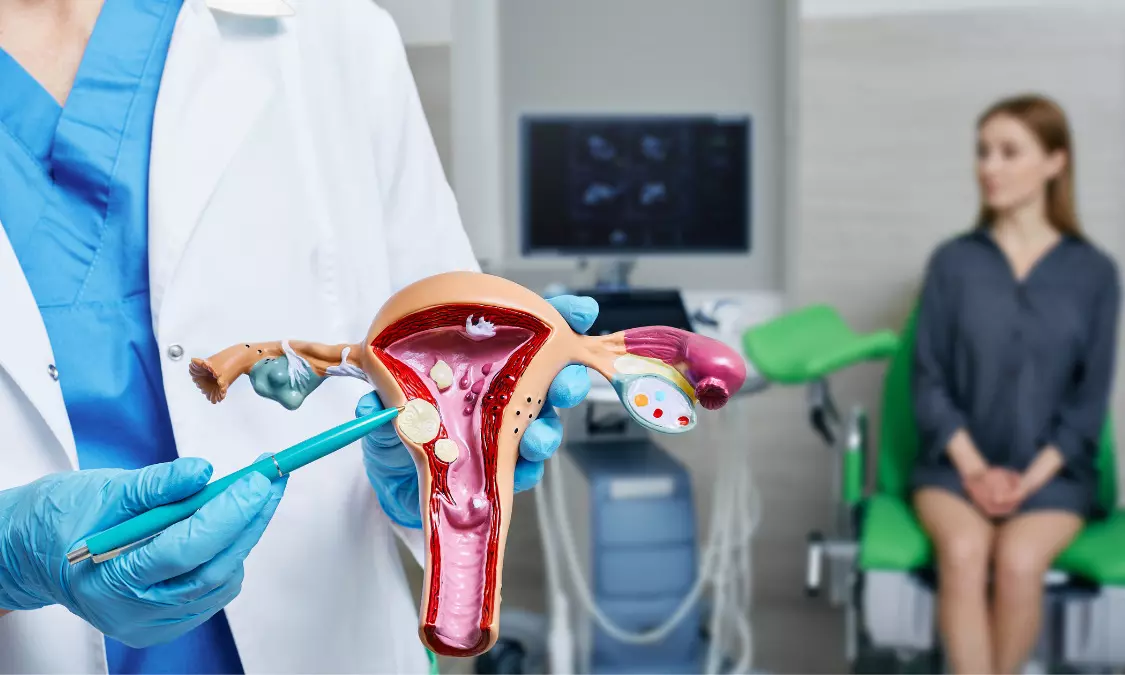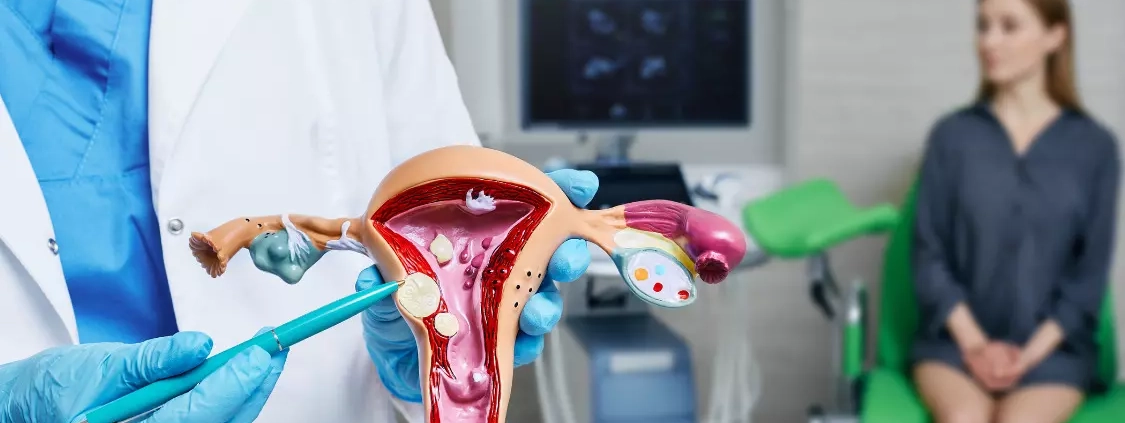Uterine fibroids undergoing radiofrequency ablation or myomectomy have similar live birth rates: Study

The ULTRA (Uterine Leiomyoma Treatment With Radiofrequency Ablation) study is a comprehensive investigation comparing pregnancy outcomes between two common surgical interventions for symptomatic uterine leiomyomas: laparoscopic radiofrequency ablation and myomectomy. Uterine leiomyomas, or fibroids, are prevalent benign tumors affecting many women during their reproductive years. These fibroids can lead to fertility issues and pose risks for adverse pregnancy outcomes, necessitating effective treatment options. Laparoscopic radiofrequency ablation and myomectomy are two surgical options used to treat symptomatic fibroids, but their impact on pregnancy outcomes remains unclear.
This study was published in the journal Obstetrics & Gynaecology by Allen A. and colleagues. In the study, 539 premenopausal women over 21 years with symptomatic fibroids were enrolled to evaluate the impact of radiofrequency ablation and myomectomy on pregnancy outcomes. Participants were followed longitudinally for up to 5 years post-surgery, with pregnancy incidence and outcomes assessed every 6 months.
Preliminary findings from the ULTRA study revealed insights into the incidence of pregnancy and its outcomes following surgical intervention:
-
Among the 37 participants who conceived post-surgery, a total of 43 pregnancies were reported, with 22 pregnancies occurring after radiofrequency ablation and 21 after myomectomy.
-
The baseline miscarriage rate in the study population was 33.3%.
-
In the radiofrequency ablation group, 40.9% of pregnancies ended in first-trimester miscarriage, while 50.0% resulted in live births.
-
In the myomectomy group, 42.9% of pregnancies ended in first-trimester miscarriage, with 57.1% resulting in live births.
-
There were no significant differences observed in the likelihood of live birth or miscarriage between the two treatment groups.
-
Among the live births in the radiofrequency ablation group, 45.5% were achieved through vaginal delivery.
In conclusion, the ULTRA study demonstrates that full-term pregnancy and vaginal delivery are achievable outcomes following radiofrequency ablation of uterine leiomyomas. However, both treatment groups exhibited higher miscarriage rates than expected for women in the study age group. Continued data collection in the ULTRA study aims to provide further clarity on pregnancy outcomes following different fibroid treatment methods, contributing to enhanced clinical decision-making for women with symptomatic fibroids.
Reference:
Allen, A., Schembri, M., Parvataneni, R., Waetjen, L. E., Varon, S., Salamat-Saberi, N., Tassone, S., Williams, N., Kho, K. A., & Jacoby, V. L. (2024). Pregnancy outcomes after laparoscopic radiofrequency ablation of uterine leiomyomas compared with myomectomy. Obstetrics and Gynecology, 10.1097/AOG.0000000000005548. https://doi.org/10.1097/aog.0000000000005548



